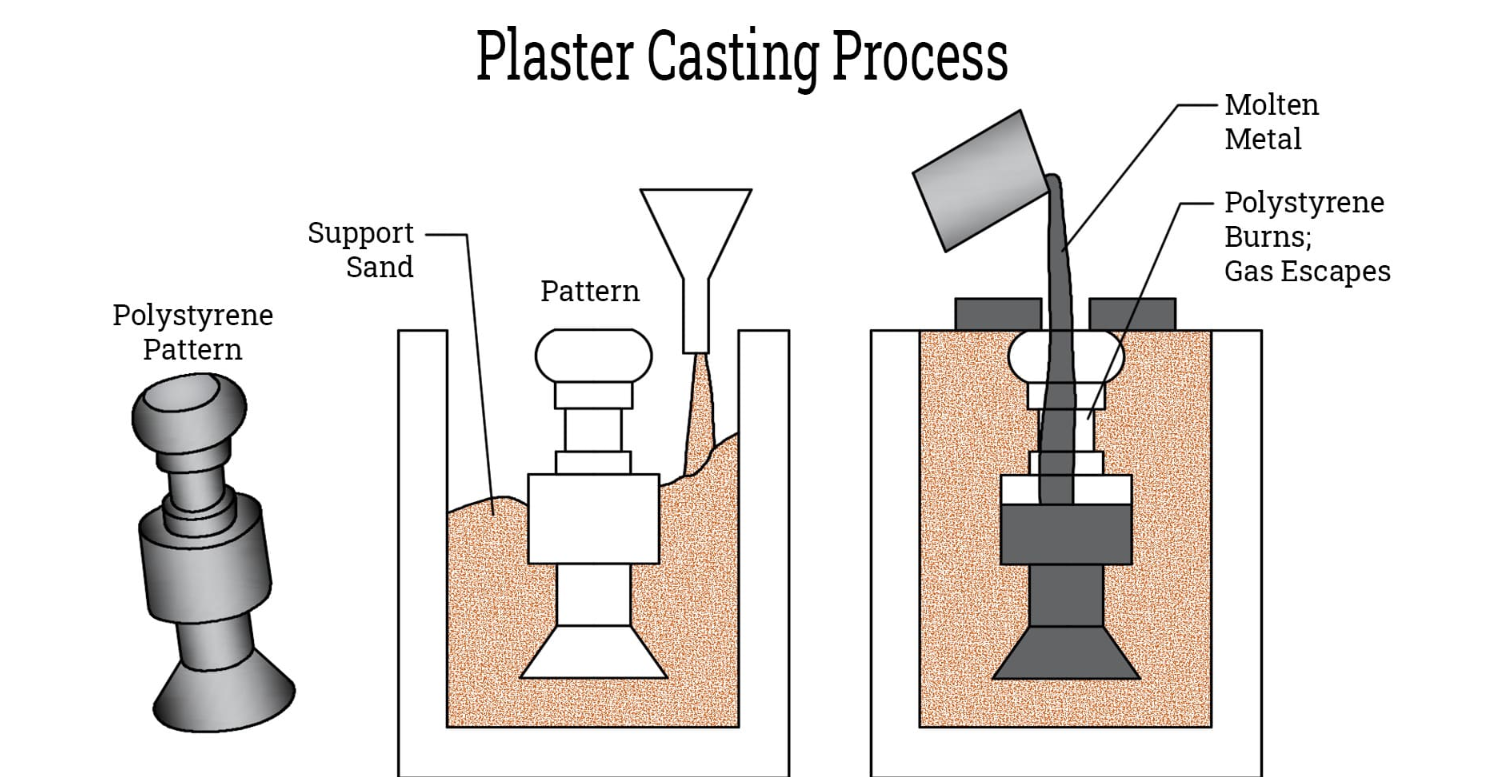Over the years, many metallurgical plants have practiced many metal manufacturing technologies. In this case, forging and casting are standard metal manufacturing methods, but there are some differences between the two.
Different manufacturing processes
Casting is a processing method in which metal is melted into liquid and poured into a mold, and then cooled, solidified, and cleaned to obtain a casting of the desired shape. It can be made into various objects with complex shapes. Casting is a relatively economical blank forming method, generally used for parts with complex.

Forging is to use hammering and other methods to make metal materials in a plastic state into workpieces with a certain shape and size, and change its physical properties. It is generally used in the processing of forgings of certain shapes and sizes.

Different advantages and disadvantages
Forging can eliminate defects such as cast looseness produced by the metal in the smelting process, optimize the microstructure, and at the same time, because the complete metal flow line is preserved, the mechanical properties of forgings are generally better than those of castings of the same material. Important parts with high loads and severe working conditions in related machinery, except for simpler shapes that can be rolled plates, profiles or welded parts, are mostly forged. However, metal forging is not suitable for the manufacture of complex shapes, nor can it meet the requirements of higher tolerance applications. In forging production, trauma accidents are prone to occur.
In comparison, casting can produce parts with complex shapes, especially blanks with complex cavities. It has wide adaptability, and all metal materials commonly used in industry can be cast, from a few grams to hundreds of tons. The raw materials are widely available and inexpensive, such as scrap steel, scrap parts, and chips. The shape and size of the castings are very close to the parts, which reduces the amount of cutting and belongs to non-cutting processing. It is widely used, and 40%~70% of the weight of agricultural machinery and 70%~80% of the weight of machine tools are castings. However, the mechanical properties are not as good as forgings, such as coarse organization and many defects. In sand casting, single-piece and small-batch production, the labor intensity of workers is high. The quality of castings is unstable, there are many processes, and the influencing factors are complex, which is prone to many defects.

